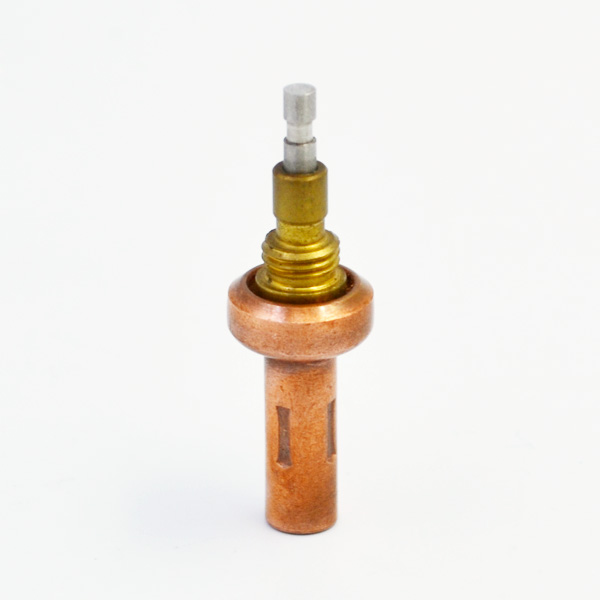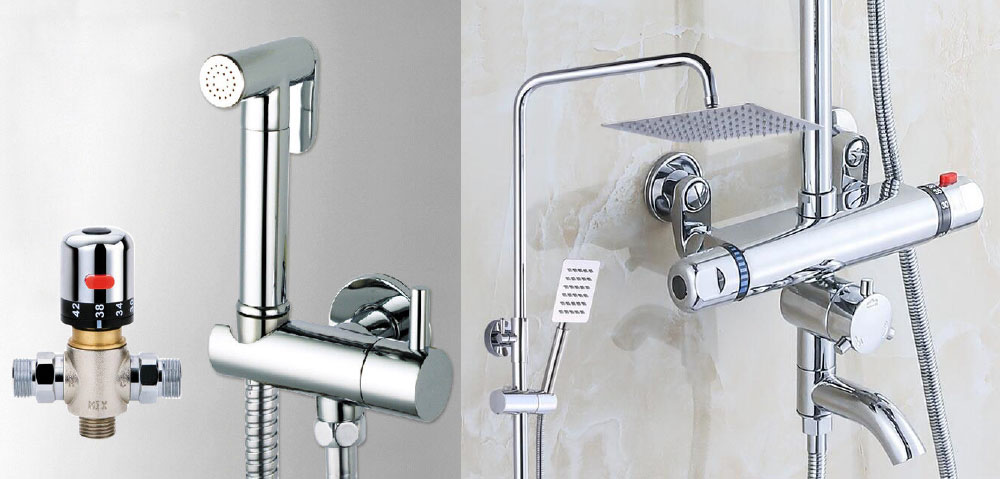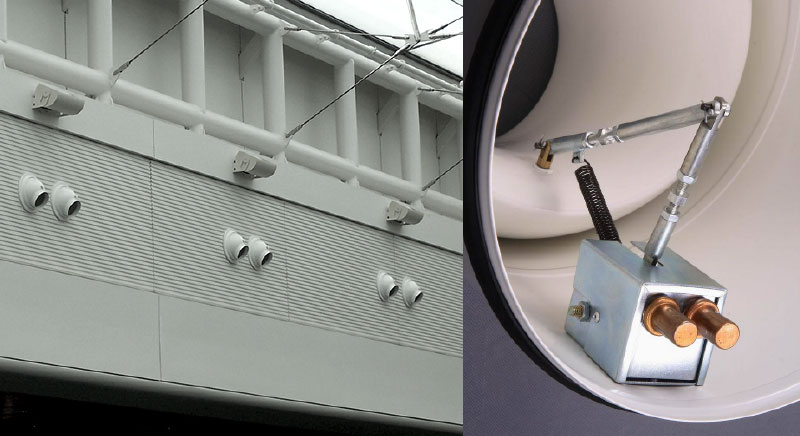Aiming at the quantitative loading system of liquefied petroleum gas (LPG) independently developed in China, based on a brief introduction of the system structure and function, the application of batch controller in the system is analyzed in depth, and the functions and characteristics are clarified, which can provide reference for the wide application and improvement of the system. In order to improve the accuracy of measurement and ensure the interests of all parties involved in trade, it is necessary to build a quantitative loading system with batch controller as the core, so as to provide a feasible technical scheme for the high efficiency and high accuracy of liquefied petroleum gas measurement.

The system is divided into three layers: network management, field control and online monitoring. Among them, network management consists of user network, local area network and database server. User network includes sales network, financial network, audit network and planning network.
It is mainly responsible for the automatic generation of sales orders and the examination and approval of products. In addition, it can also browse dynamic pictures and real-time data through setting permissions in the management LAN. Field control consists of various kinds of control and monitoring instruments. It is mainly responsible for dynamic monitoring of production process to ensure production safety and quality. On-line monitoring consists of Ethernet equipment and computer, which are industrial control. It is mainly responsible for downloading orders, real-time monitoring of loading process and providing alarm function.
Through the linkage between fire safety system and fire safety system, direct cut-off can be achieved in emergencies; the core control component is mainly PLC, which can greatly improve the reliability of control; according to the collected communication signals (such as flow signals and quality signals), high-precision data acquisition can be made to ensure the accuracy, safety and quantitative loading.

Reliability. Automatic treatment of propane and liquefied petroleum gas reflux. When the tank truck is about to be filled, the internal pressure of the tank truck may be higher than the actual pressure of the pipeline in a short period of time (due to the influence of technological factors, the initial pressure of the adjacent empty truck during loading is generally very low, resulting in the rapid reduction of the pump pressure of the pipeline, resulting in backflow). The batch controller can collect the cumulative flow and the mass flow. The flow rate corresponding to the meter can be continuously reduced while producing backflow, so as to achieve the goal of automatic treatment of propane and liquefied petroleum gas backflow, and ensure the accuracy of measurement. Loading is controlled by small flow rate before reaching the standard gasification volume. With the increase of tank car internal pressure, it is changed to large flow rate loading when it reaches the critical value. In the critical state, the gasification volume is equal to the product of the ratio of gas phase density to liquid phase density and the tank car mass, i.e.
0.2% of the pre-loading volume. Because of the use of multi-stage valves and batch controllers, the preset loading capacity can be used as the basis for automatic calculation of the loading capacity under the condition of small capacity, thermostatic element so when the gasification capacity and loading capacity are the same, all valves should be opened to improve the loading efficiency. Stop loading immediately when the density is abnormal.

The density signal indicated by mass flowmeter can be collected in real time by batch controller. According to the preset value, if the actual density is lower than the preset value, the liquefied petroleum gas is gasified.
Under normal conditions, the density of liquefied petroleum gas is kept in the range of 0.5-0.6 kg/m3. Considering other factors, the lower limit is set at about 0.
4 kg/m3.

When the actual density is less than 0.4kg/m3, the controller will output the corresponding control signal, and continue loading when the density rises to the preset range. Stop loading immediately when the temperature is abnormal.

Through the real-time detection of the controller, it is found that when the actual temperature of the medium in the pipeline is higher than the preset value, the signal of stopping loading will be output immediately, and the loading will continue after the temperature drops to the preset range and remains stable. Stop loading immediately when the grounding condition does not meet the requirements.
If grounding does not meet the requirement during loading, the signal of stopping loading or prohibiting loading will be output, and loading can continue after repairing. When the controller detects the communication interruption or abnormality between mass flowmeter and mass flowmeter during loading, it outputs the signal of prohibiting loading or stopping loading. After eliminating the fault, the normal loading can be restored. If the fault can not be eliminated in time, it is necessary to input the password of authority to the system and change it to manual control.
However, it is suggested that the loading should be completed for maintenance in order to avoid accidents. Batch flowmeter can dynamically detect all instantaneous flow of mass flowmeter. If the instantaneous flow of mass flowmeter is greater than 0 when the flow is stopped, it indicates that the pipeline leaks, and then gives an alarm signal, which provides instructions for operators to repair on site. Because the mass flowmeter needs a large investment, so in practice, a mass flowmeter is used to control two crane positions. Because the connection and parking of pipelines need a certain time, in order to avoid affecting the efficiency of loading, when loading in one crane position, the other can be parked to prepare for loading. Through the monitoring screen, it can directly observe the actual state of the instrument and the idle crane position.
Each real-time data can be displayed on the screen, which greatly facilitates the monitoring. The quantitative loading system of liquefied petroleum gas (LPG) has been successfully applied in many places in China. Its greatest feature is that it adopts batch controllers with reliability and safety. Compared with the past, trade disputes have been greatly reduced due to the rational application of batch controllers, and the factory efficiency has been greatly improved, effectively guaranteeing the comprehensive benefits of enterprises. It has wide application value.
